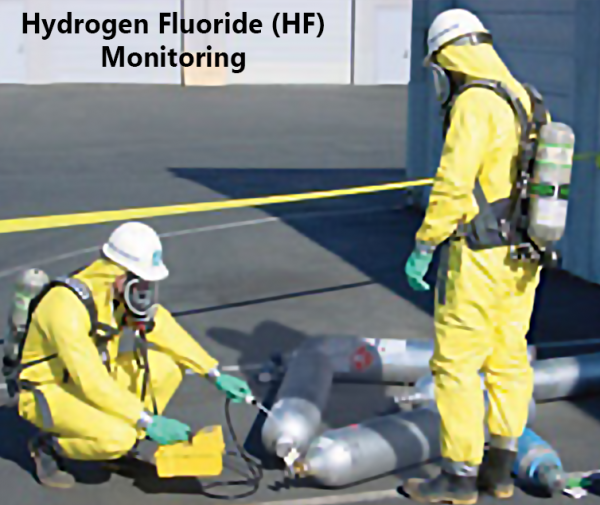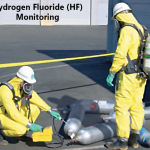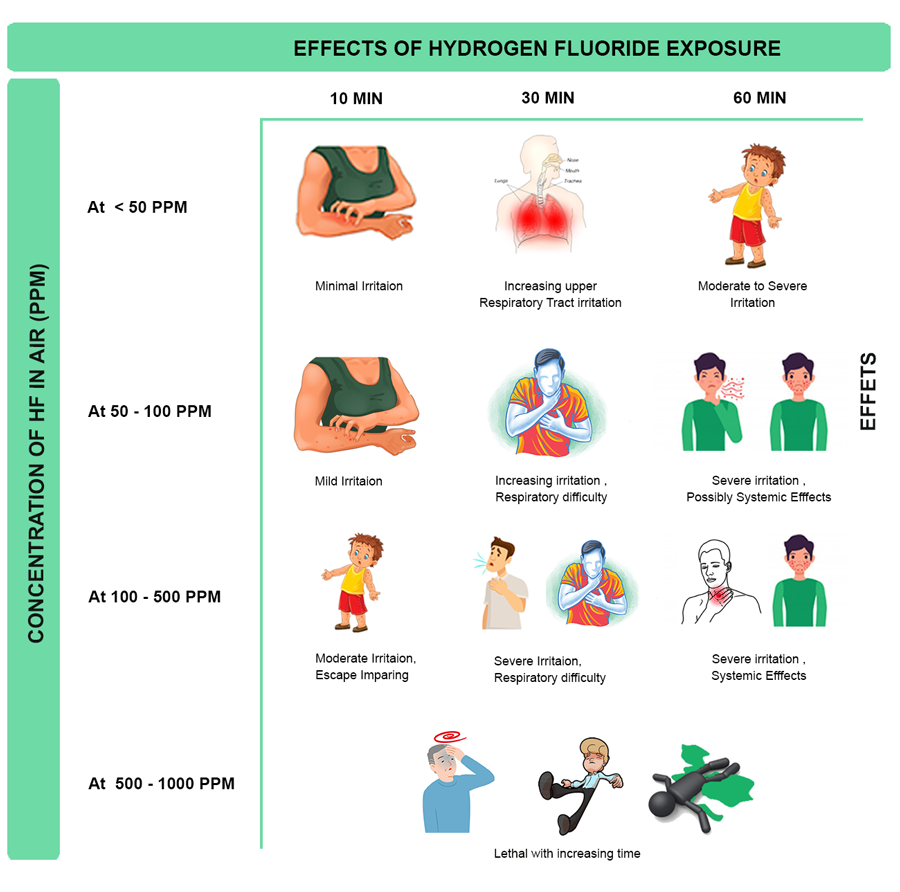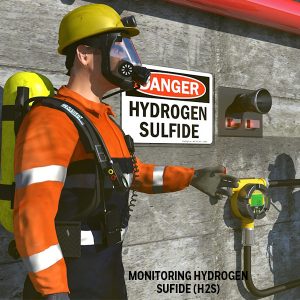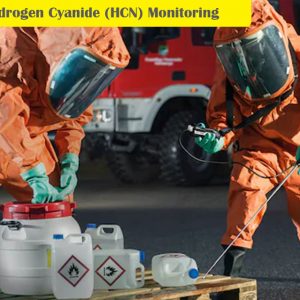Product Details
Hydrogen Fluoride (HF) Monitoring – For Stack , Ambient & Indoor
Hydrogen Fluoride (HF) Monitoring http://www.apzem.com
https://www.apzem.com/ Hydrogen Fluoride (HF) is a colorless gas, with a pungent smell at 0.04ppm. Inhalation of this gas can cause eyes, nose and throat irritation. Exposure to high levels may cause muscle spasms and can damage the lungs and heart and in extreme cases can result in death. Periodic monitoring of Hydrogen Fluoride is the best solution to ensure the personal safety of workers in different environment.
Description
Hydrogen Fluoride HF Monitoring
Hydrogen Fluoride HF Monitoring services:
Hydrogen fluoride (HF) can be found in gaseous form or liquid state at ambient temperature. It is combination of Hydrogen Atom & Fluorine Atom.
Apzem’s Air Quality monitoring
Apzem’s Air Quality monitoring is done by industrial experts with years of rich expertise in the domain of air quality monitoring & dust, fume control.
|
Other Names |
Chemical Formula |
Odor |
Odor Threshold |
Vapor Pressure |
Health Risks |
|
Hydrofluoric acid , Flurohydric acid |
HF |
Pungent, Irritating |
0.04 PPM |
400 mmHg |
Irritation of eyes,skin,and respiratory system; Pulmonary Edema; Fluorosis |
Inhalation & Ingestion Health Hazards
| INHALATION | Inhaled HF initially affects nose, throat, Eyes.
Mucous membrane irritation, cough, choking. Airway obstruction. Lung Injury may be delayed 12 -36 hrs. |
| INGESTION | Intentional ingestion of large volume. ( Abdominal Pain , Vomiting )
Potential absence of Gastrointestinal Symptoms with dilute ingestion. Systemic poisoning may occurs within 1- 4 hrs. 20 to 30 ppm – A reflex breathing difficulty Above 25 ppm – irritation, burns, ulcerous lesions, and localized destruction of the tissues (necrosis) of the eyes, skin, and mucous membranes. |

